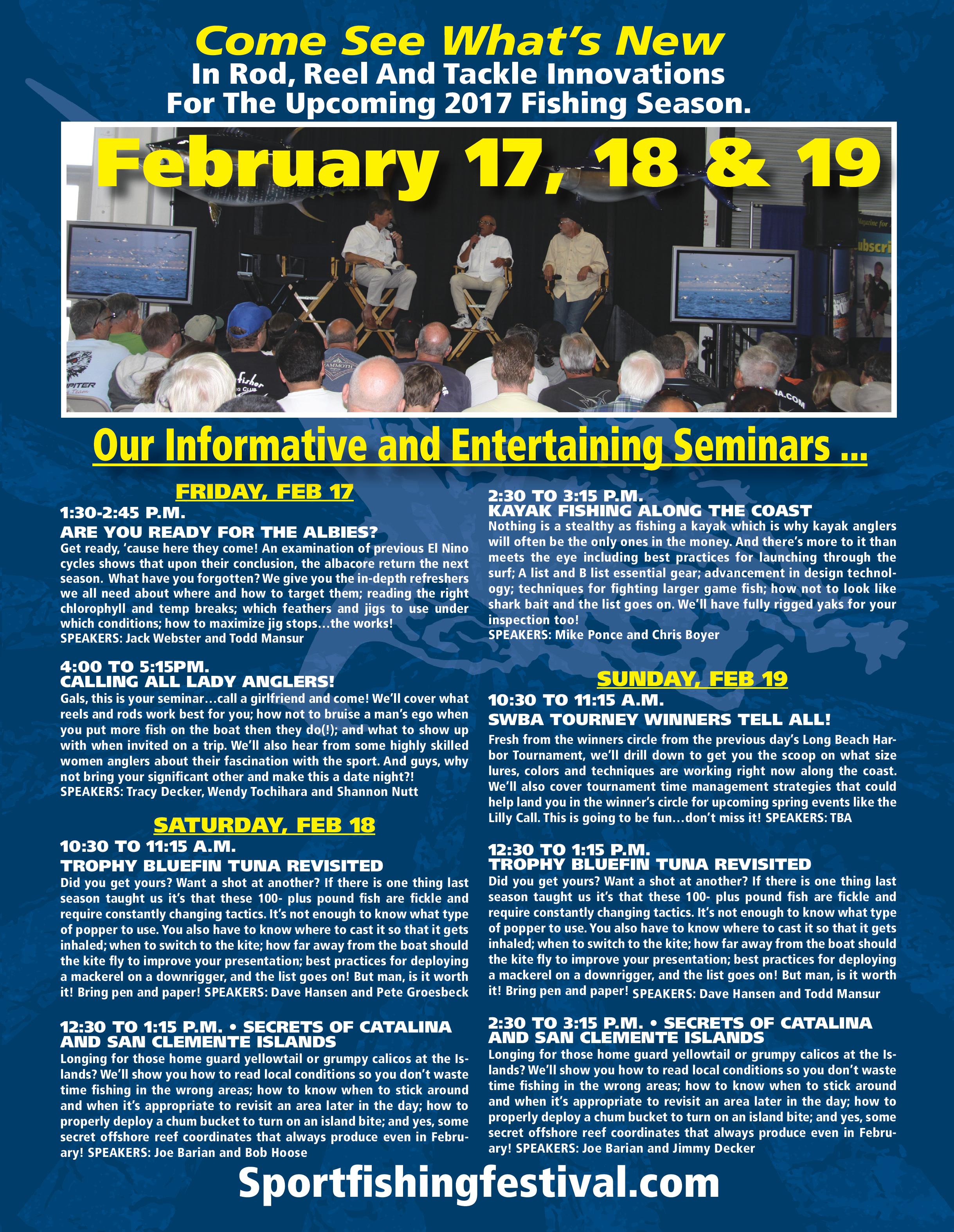
Starting June 16, 2017 the recreational white seabass daily limit increases to three per person. The minimum CA size limit for seabass is 28 inches. The average seabass at that length is about 5 years of age. Seabass typically forage on squid, sardine, anchovy, red crab, and mackerel. The best time to target them is during their spawning period between March and June. During this period they expend a lot of energy producing eggs and seeking out spawning locations. All of this effort produces a relentless appetite driving them to become voracious feeders. Predicting when seabass will turn on to feed can be difficult. Ideal conditions to target them are often before and after a full or new moon phase with big swinging tides, accompanied with strong currents, are often a good indicator to get them started in a feeding frenzy.





